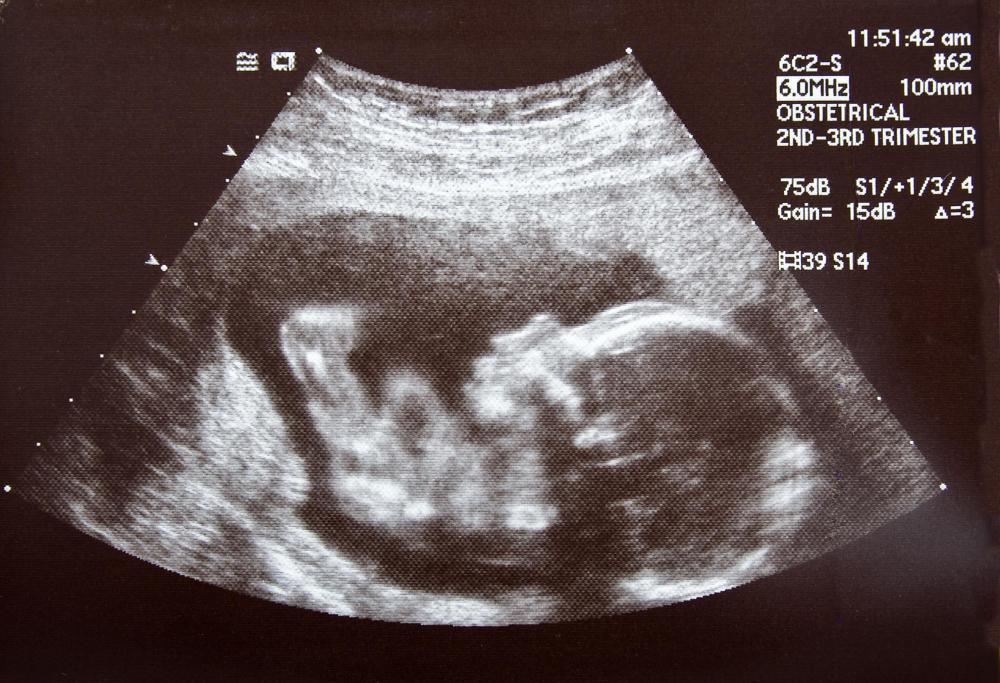At WiseGEEK, we're committed to delivering accurate, trustworthy information. Our expert-authored content is rigorously fact-checked and sourced from credible authorities. Discover how we uphold the highest standards in providing you with reliable knowledge.
What is an Omphalocele?
An omphalocele technically is a malformation or a birth defect in the wall of the abdomen, often along the area of the umbilical cord. It generally is characterized by the protrusion of internal abdominal organs outside the umbilicus and is covered by a thin transparent membrane. Some parts or most parts of the intestines, stomach, spleen, and liver can be seen through this thin covering depending on the size of the opening.
On the sixth week of fetal life, the intestines generally develop and tend to protrude out of the abdomen and grow longer. By the end of the tenth week, they usually return inside the abdominal cavity, technically followed by closure of the abdominal wall. Failure of this process sometimes happens during the development of the fetus, often resulting in the formation of an omphalocele. There are some studies that point to inherited genetic disorders as possible causes of omphalocele.

During the second and third trimesters of pregnancy, an omphalocele technically can be detected by ultrasound if present in the fetus. It often is advised by a physician to evaluate the fetus further for any presence of other abnormalities. Down syndrome, Turner syndrome, and Beckwith-Wiedemann syndrome, among many others, often are found in children born with omphaloceles. Repair procedures often are decided before the birth of the affected child, depending mostly on the size of the defect as seen in an ultrasound.

Omphalocele birth defects can be either small or large. A small omphalocele, which occurs in one in every 5,000 live births worldwide, often show only some part of intestines protruding through the umbilicus. This usually is repaired right after birth where the intestines are placed inside the abdomen followed by closure of the defective wall.
Large or giant omphaloceles generally cab occur at a rate of one affected baby for every 10,000 births worldwide. Repair of large defects usually is delayed until the baby matures. Protruding organs often include the intestines, spleen, stomach, and liver. Giant omphaloceles greatly increase the risk for infection as the organs mostly are exposed to the environment.
Repair of a giant omphalocele generally is done in stages, where a protective plastic is used first to cover the protruding organs. As the child grows and his abdominal cavity technically enlarges, his organs gradually fall into place. Then repair of the abdominal wall usually follows. This whole process could last for days, weeks, or even months to years, often depending on the size of the wall defect and other health concerns involving the affected child.
AS FEATURED ON:
AS FEATURED ON:












Discuss this Article
Post your comments